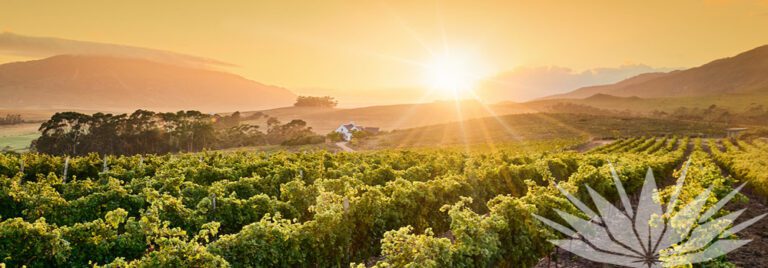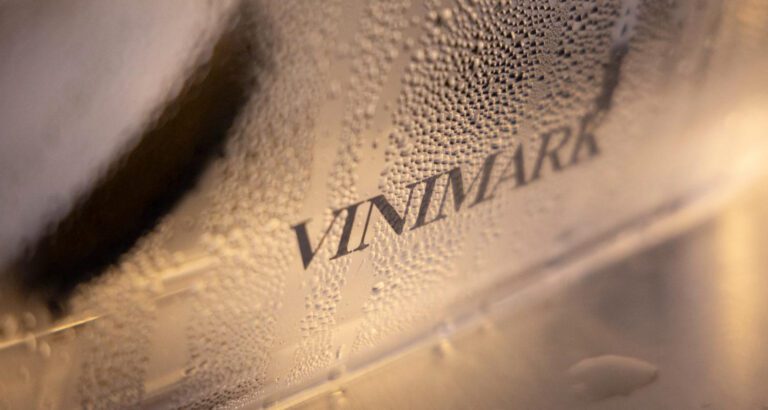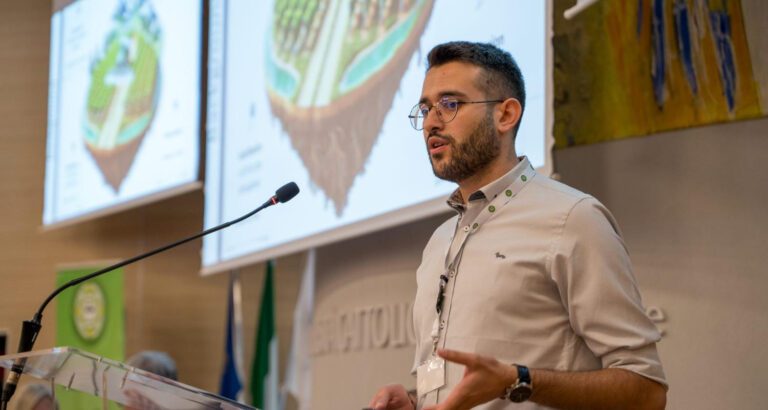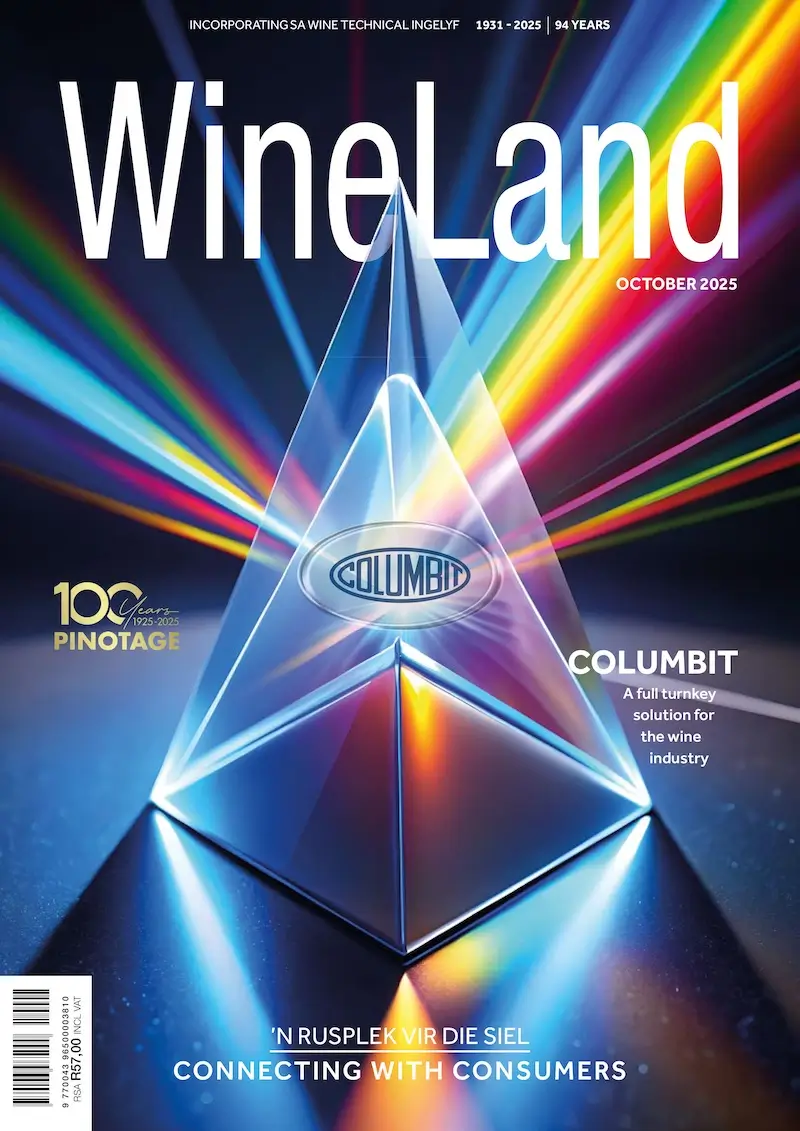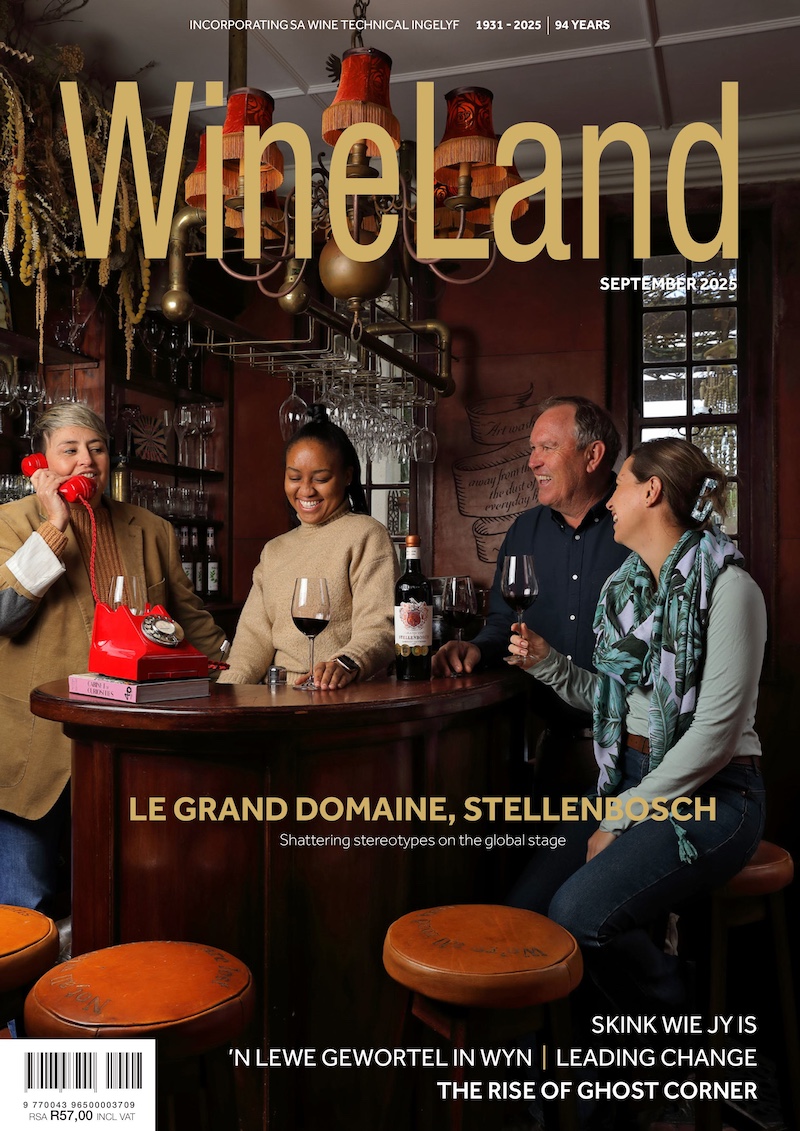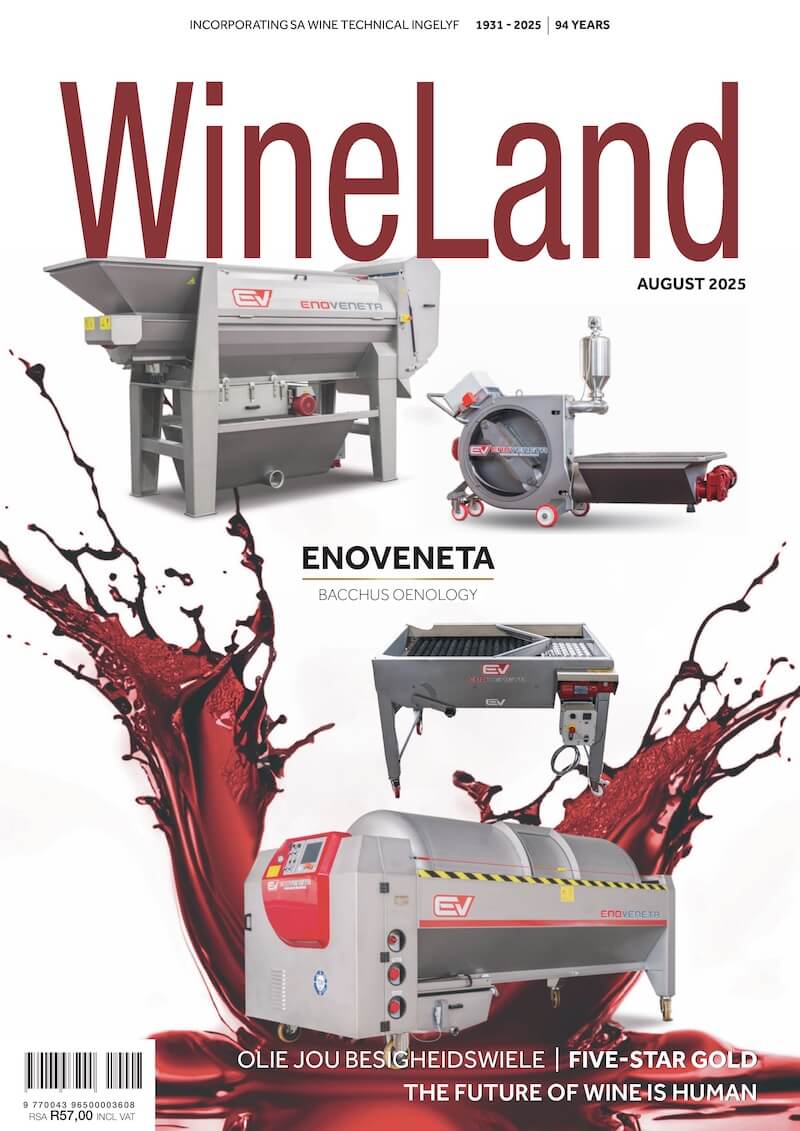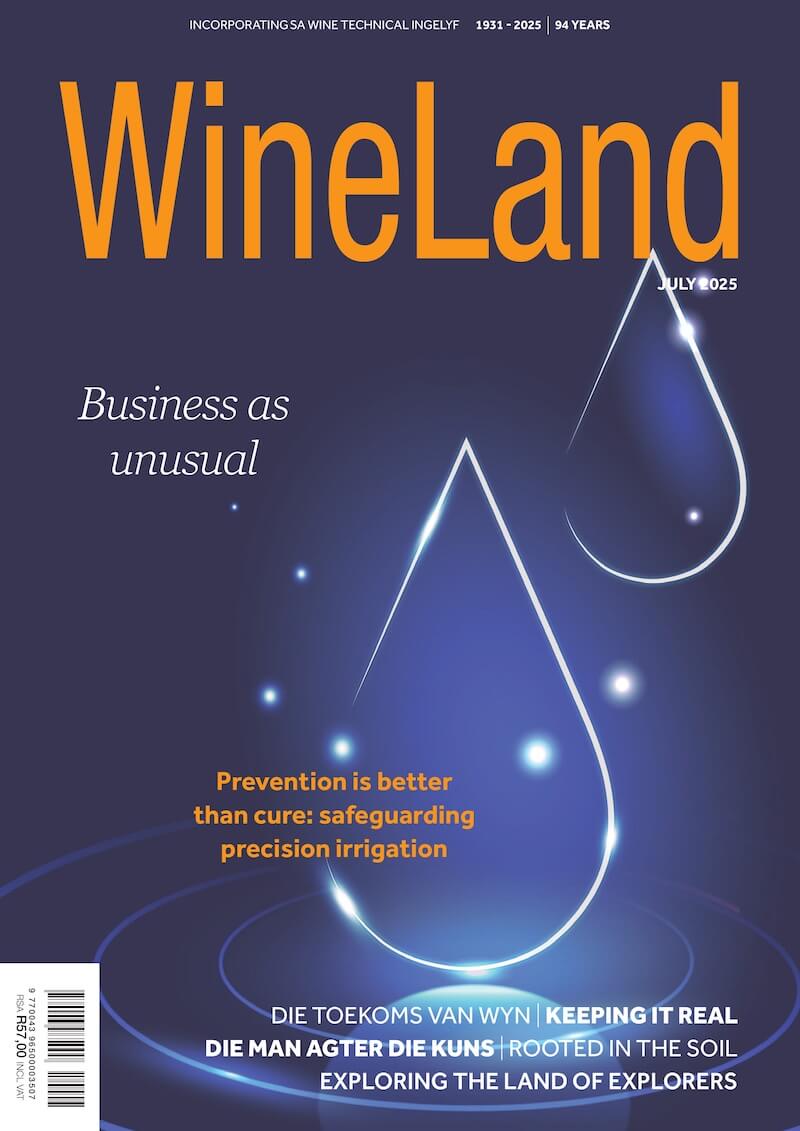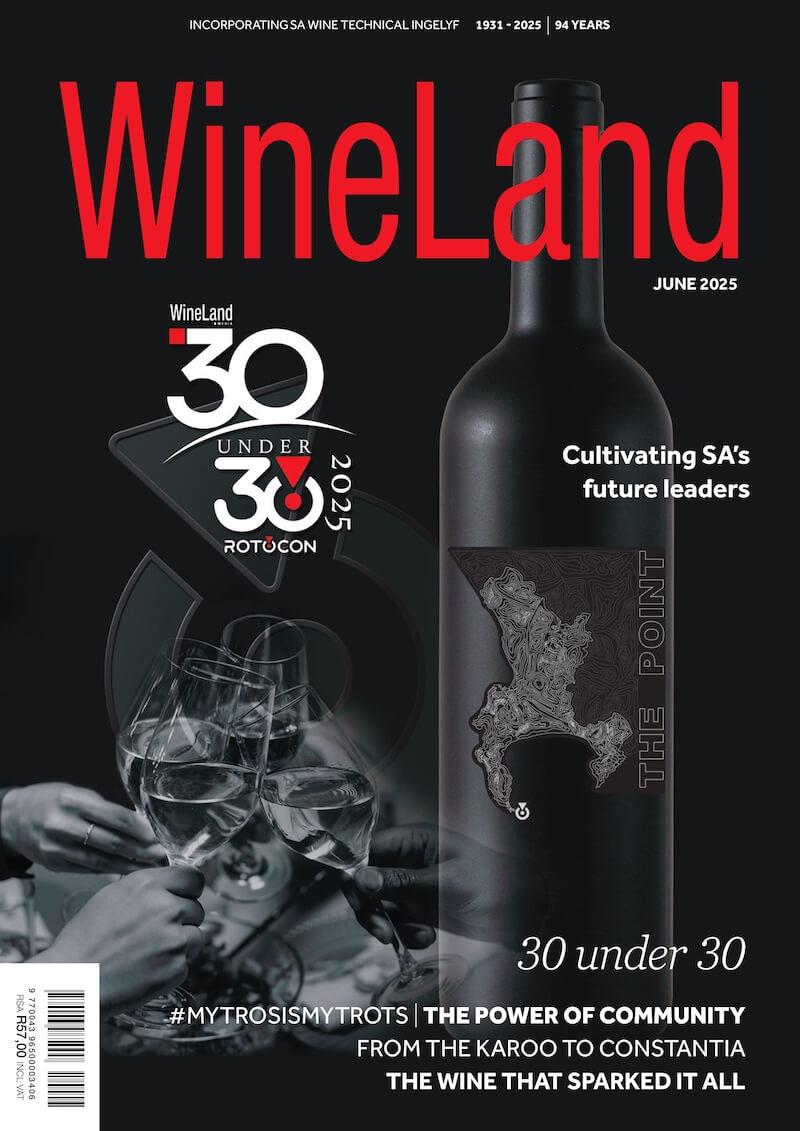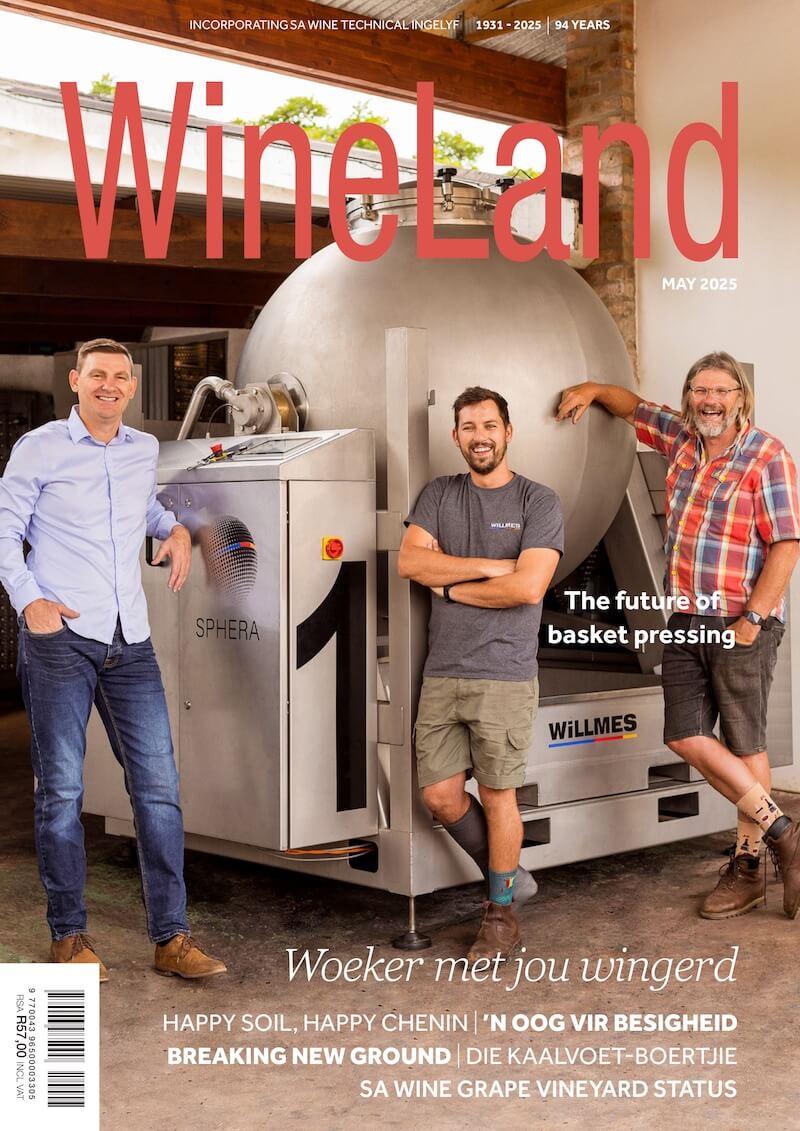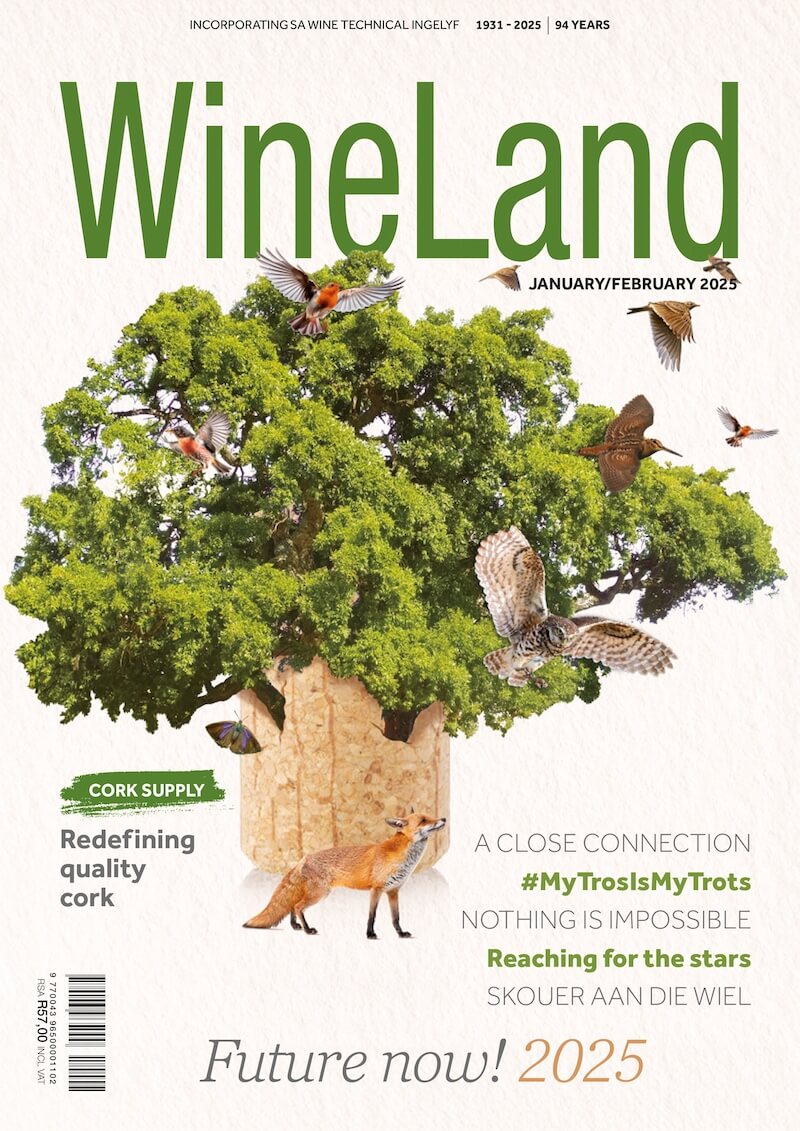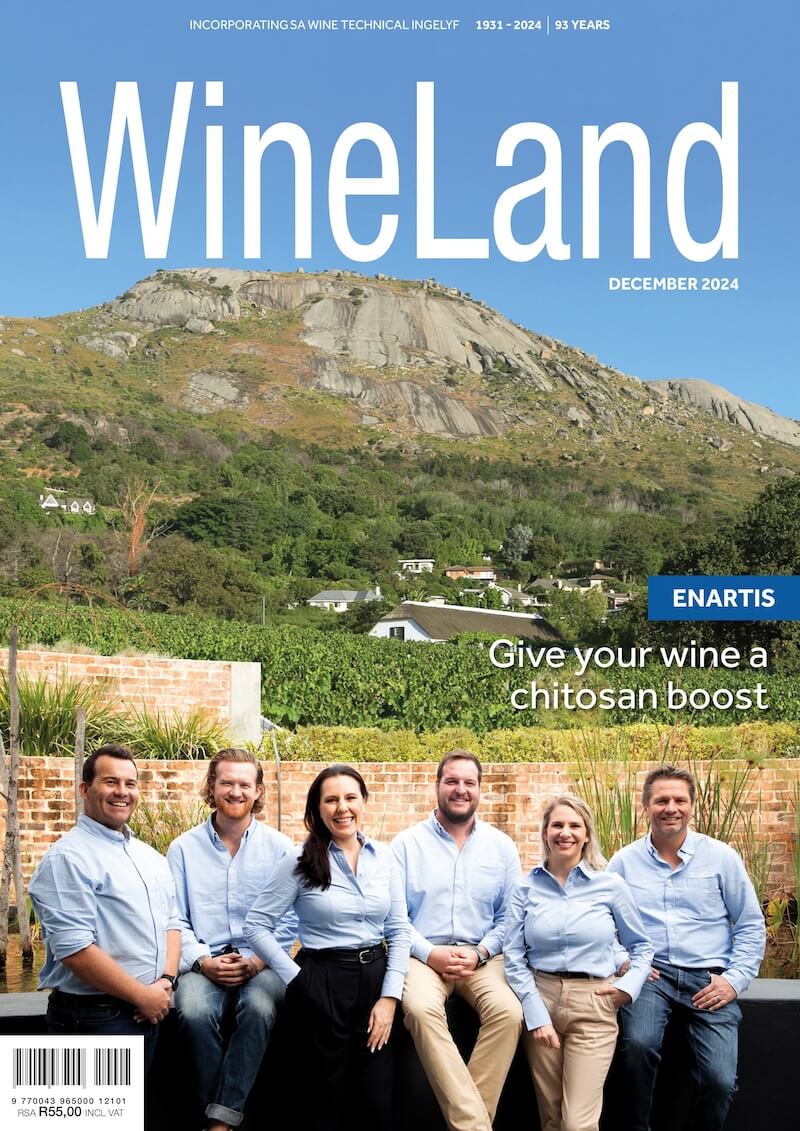In a recent study, doctoral candidate from the LCE Environmental Chemistry Laboratory in France, Boulos Samia, and colleagues examined the atmospheric half-lives of nine pesticides commonly used in viticulture. Their paper, ‘Heterogeneous Atmospheric Reactivity of Viticultural Pesticides: Implications for Long-Range Transport and Regulatory Assessments’, was presented in July at the Goldschmidt Conference in Prague.
To test the interaction of the pesticides Boscalid, Cypermethrin, Cyprodinil, Deltamethrin, Folpet, Pendimethalin, Spiroxamine, Tebuconazole, and Trifloxystrobin with the atmosphere, the researchers adsorbed them onto atmospheric particles and exposed them to ozone and hydroxyl radicals to simulate their behaviour in the Earth’s lower atmosphere, or troposphere.
Their observations revealed that none of the compounds had a half-life within the two-day limit set by Stockholm Convention.

Dr Boulos Samia
The Stockholm Convention
The Stockholm Convention on Persistent Organic Pollutants (POPs) is a global treaty intended to protect human health and the environment from harmful chemicals. The treaty initially focused on 12 highly dangerous POPs (sometimes called the “Dirty Dozen”), including DDT, PCBs, and dioxins.
Since then, it has expanded to include dozens more, such as certain pesticides (e.g. chlordecone and endosulfan) and industrial chemicals (such as PFOS and PFOA).
The Convention requires signatory parties to prohibit or restrict the production and use of listed POPs, eliminate releases from unintentional production (such as waste burning), manage and safely dispose of POP stockpiles and waste, monitor and report on POP levels in the environment and human health, and support alternatives to harmful chemicals.
While the Convention itself is not a certification body, its recommendations influence national and international regulations, bans, and labelling schemes – for example, national pesticide bans or phase-outs often follow Stockholm listings. Chemical manufacturers and exporters/importers must also comply with obligations under the Convention through customs, regulatory agencies, or ISO certifications that are aligned with POP restrictions.
As a party to the Stockholm Convention, South Africa developed its own 2012 National Implementation Plan (NIP) to fulfil its commitments.
Concerning results
The study’s primary finding was that the tested pesticides persist much longer in the atmosphere when they attach to airborne particles, such as dust or organic matter, compared to their gas-phase degradation. “This is important, because European regulations and international frameworks like the Stockholm Convention currently estimate pesticide atmospheric persistence using only gas-phase data, assuming fast degradation (half-lives) of hours to less than two days,” says Boulos.
“In our experiments, all nine pesticides exceeded the two-day half-life threshold for persistence, with Cyprodinil persisting for at least three days and Folpet over one month. This persistence increases their potential for long-range atmospheric transport, meaning they can drift far from the application site and deposit on distant ecosystems.”
This suggests all nine compounds are far more harmful and persistent than previously thought and could be reclassified as POPs.
An important secondary finding was the formation of unknown degradation products, some of which are not commercially available and may be more toxic than the original compound. “Some were even previously reported in surface waters and biota, showing potential cross-compartment contamination,” Boulos says. “We also found that temperature and relative humidity affect how these pesticides partition between the gas and particle phases.”
Recommendations
Based on these findings, the researchers make several recommendations:
- Reevaluating the approval and continued use of the most persistent pesticides in light of their potential for atmospheric transport and remote deposition.
- Integrating atmospheric fate data (such as heterogeneous degradation rates and half-lives) into regulatory assessments.
- Enhancing air quality and atmospheric monitoring programs in agricultural areas to include pesticides, particularly during and after spraying periods.
- Raising awareness among local stakeholders (such as winegrowers, policymakers, and residents) about the atmospheric behaviour of these pesticides and possible exposure beyond treated zones.
These recommendations are the responsibility of regulatory agencies such as ANSES in France or EFSA in Europe, as well as environmental and public health authorities.
According to Boulos, the process from evaluation to listing typically takes three to six years. “Based on current regulatory processes, we estimate that meaningful changes could begin within the next two to four years, especially within the European Union,” he says. “Once a substance is listed under the Convention, the EU can adopt those restrictions through delegated acts within six to 12 months, and member states typically begin enforcement within one to two years after that.”
Implications
If the pesticides end up being reclassified as POPs under frameworks such as the Stockholm Convention, this could lead to tighter restrictions or even bans. Once listed, countries party to the Convention must implement restrictions or bans within defined timelines.
Further downstream, listings can also have indirect consequences on brands and markets. “If wines from certain regions are associated with POP contamination, there may be market rejection or loss of certifications (eg. for organic or low-impact labels), reputational risk for appellations or wine exporters, and pressure from consumers and NGOs calling for cleaner production practices, while exporters to the EU could face stricter scrutiny.”
South African organic, biodynamic, and integrated wine producers may face unintentional contamination from neighbouring vineyards due to regional drift. “Organic certifications could be at risk, even without direct pesticide use, while integrated producers may need to reassess their use of ‘low-impact’ pesticides that still persist in the atmosphere.”
Mitigation
To mitigate these effects, producers may have to reformulate pest management strategies or invest in alternative solutions such as biopesticides, precision spraying, or integrated pest management.
“Biopesticides, derived from microbes, plant extracts, or botanical oils, are naturally short-lived, with low environmental impact and often effective against certain diseases like downy mildew,” Boulos says. “Spanish and Portuguese vineyards are already successfully testing them as alternatives to copper-based fungicides.”
Disease-resistant or low-input cultivars can reduce fungicide use by up to 80%, depending on conditions, Boulos says. “Choosing resistant cultivars helps limit pesticide dependency, which is essential under a POPs regulation regime.”
Measures such as precision irrigation, canopy management, and adjusting spray coverage to reduce pesticide volumes and support biodiversity can be complemented by on-site treatments such as grape-pomace biosorbents, which capture and degrade pesticide residues.
Other emerging options that show promise but are still in early development include nanobiopesticides, plasma-activated water, and photocatalytic degradation systems.
Safety and responsibility
The findings highlight how exposed rural communities and farm workers are to pesticide use, while sensitive ecosystems and organic or biodynamic farms are also at risk of contamination.
“While wine drinkers themselves are not the most directly exposed population, our findings suggest that there is a broader environmental footprint to pesticide use in viticulture that warrants attention,” Boulos says. “Our findings reinforce the idea that a transition toward safer alternatives is not only feasible, but increasingly necessary.”
The good news? Change is already happening. Many wine grape producers worldwide, including in South Africa, France, and Chile, are already shifting toward Integrated Pest Management (IPM), organic and biodynamic practices, and low-impact or biopesticide alternatives.
“The path forward will require technical support and training to help growers adopt new methods, incentives and policy alignment, especially in regions exporting to the EU or other regulated markets, and continued research and innovation to develop alternatives that are both effective and practical under real-world vineyard conditions.”

